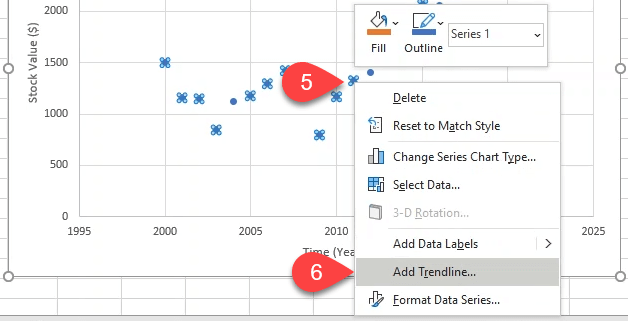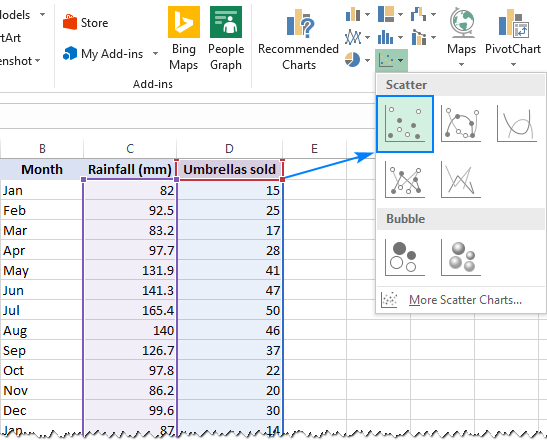


: Example of a regression plot in R showing the data (in blue) and the regression line (in red). > plot(conc, signal, pch = 19, col = “blue”, cex = 2) Where object is the object that contains the results of the linear regression. Where x and y are the objects that contain our data, and the abline commandĪbline( object, optional arguments to control style) Plot( x, y, optional arguments to control style) To examine our data and the regression line, we use the plot command, which takes the following general form

To evaluate the results of a linear regression we need to examine the data and the regression line, and to review a statistical summary of the model. In this example, the probability is \(2.5 \times 10^ \nonumber\] The value in the column for Significance F is the probability for retaining the null hypothesis. H A: the regression model does explain the variation in y H 0: the regression model does not explain the variation in y The value for F is the result of an F-test of the following null and alternative hypotheses. For now, it is sufficient to understand that this part of Excel’s summary provides information on whether the linear regression model explains a significant portion of the variation in the values of y. We will take a closer look at ANOVA in Chapter 14. Is entitled ANOVA, which stands for analysis of variance. : Example of fitting a straight-line (in red) to curvilinear data (in blue). The take-home lesson here is simple: do not fall in love with the correlation coefficient! Figure 5.6.3 Although the regression line has a correlation coefficient of 0.993, the data clearly is curvilinear. There is a tendency, however, to put too much faith in the correlation coefficient’s significance, and to assume that an r greater than 0.99 means the linear regression model is appropriate. For most straight-line calibration curves the correlation coefficient is very close to +1, typically 0.99 or better. In developing the calculations for linear regression, we did not consider the correlation coefficient. A correlation coefficient of 0 means there is no relationship between x and y. The closer the correlation coefficient is to ☑, the better the model is at explaining the data. The correlation coefficient is a measure of the extent to which the regression model explains the variation in y. Also of interest is the value for Multiple R, which is the model’s correlation coefficient, r, a term with which you may already be familiar. The standard error is the standard deviation about the regression, s r. There are three parts to Excel’s summary of a regression analysis.
#Do linear regression in excel for mac how to
See the text for a discussion of how to interpret the information in these tables. : Output from Excel’s Regression command in the Analysis ToolPak. Clicking OK generates the information shown in Figure 5.6.2 Select the radio button for Output range and click on any empty cell this is where Excel will place the results. Excel’s summary output uses the x-axis label to identify the slope. Because cells A1 and B1 contain labels, check the box for Labels. Place the cursor in the box for Input X range and click and drag over cells A1:A7. Place the cursor in the box for Input Y range and then click and drag over cells B1:B7. Scroll through the window, select Regression from the available options, and press OK. from the Tools menu, which opens the Data Analysis window.
#Do linear regression in excel for mac install
Check the box for the Analysis ToolPak and click on OK to install them. If you do not see Data Analysis., select Add-ins. To see if you have access to the Analysis ToolPak on your computer, select Tools from the menu bar and look for the Data Analysis. The ToolPak is not a standard part of Excel’s instillation. To obtain the slope and the y-intercept, along with additional statistical details, you can use the data analysis tools in the Data Analysis ToolPak.


 0 kommentar(er)
0 kommentar(er)
